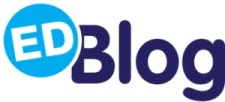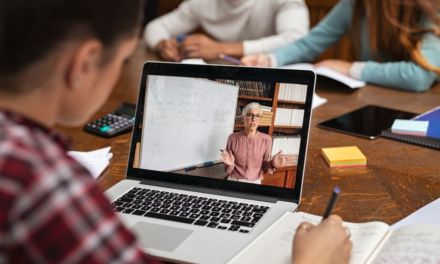Reflective practice within teaching centres around activity which takes place in the classroom, the thought processes around why things take place and then considering if it is all working as it should be.
Reflecting on your teaching means you are undertaking self-observation along with self-evaluation and is important because we can identify the kind of practices we undertake, analyse the beliefs in how we teach and evaluate the overall situation with an outcome as to any changes which are needed or improvements in the way we teach.
All teachers need to continually address the element of professional development and reflecting on our teaching is part of this.
The importance of reflection on our teaching
It’s natural for all teachers to think about their lessons – either before, during or after the event. They will probably also talk to colleagues about their experience. Typical thoughts may be that the lesson ‘went well’ or that ‘the pupils didn’t understand and were badly behaved’.
There needs to be a much more analytical approach though rather than generic, sweeping comments which could lead us to coming to conclusions which aren’t a comprehensive picture of our teaching.
Reflecting on our teaching means gathering, evidencing and analysing thoughts and observations as an on-going process which is much more systematic and can therefore lead to well-evaluated change.
It’s usually fairly easy to explain why a lesson went well, but if it wasn’t so good due to lack of pupil understanding or there was misbehaviour, there needs to be more though about what took place, why the learning wasn’t clear and what was causing the poor behaviour – when and why.
Teaching reflection- best practice
Every lesson should have evidenced teaching reflection attached to it. This means your thoughts can be collected, recorded and you can look back in the future to see where – and if – change has occurred. It’s also a good habit to get into with regards to teaching documentation to hand over when you are being observed.
Asking for peer feedback is a good way to have non-judgemental information you can take and work from. Ask a colleague to come to part or all of one of your lessons and to take notes for you and to then feedback. A second pair of eyes will also help you with seeing which students are contributing the most to the class along with any habitual interaction which could be causing issues such as lack of understanding by the pupils.
Asking for pupil feedback is also useful; a simple questionnaire or their learning diary is the perfect tool.
Using the evidence collected
Once you have all your thoughts, feedback and information gathered, the next steps are to:
- Think
- Talk
- Ask
- Read
Think
Taking time to think could mean that you realise that there are patterns in your teaching you were unaware of or that there are practices which have been highlighted through being observed. Pupil feedback may also give you food for thought and these should combine with any ideas you already have about any changes needed.
Talk
Talking to similarly minded colleagues who also feel that reflection is a useful tool will mean you can share ideas about handling classroom scenarios or discussing how to implement improvements you know you want to make.
Read
The internet has opened up the amount of reading material available for all subject areas; no teacher can ever say they don’t have sources of material to help develop their skills. These may be academic articles, blogs, forums or online magazines.
Ask
Discussing with others who are also teachers will generate ideas. Join forums and post questions, thoughts and ideas about your reflective experience; you’ll receive fantastic feedback from those who are in classrooms from all around the world. Alternatively, ask about in-service training as part of your personal and professional development and sign up for a relevant course or conference.









